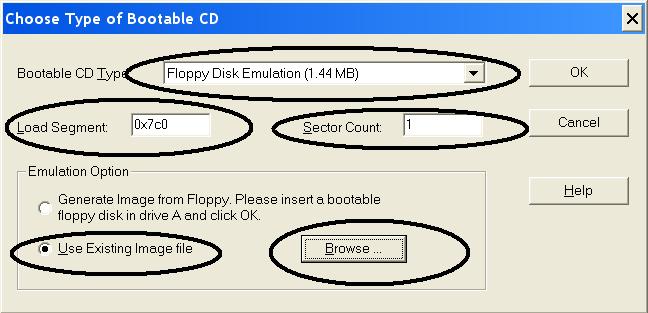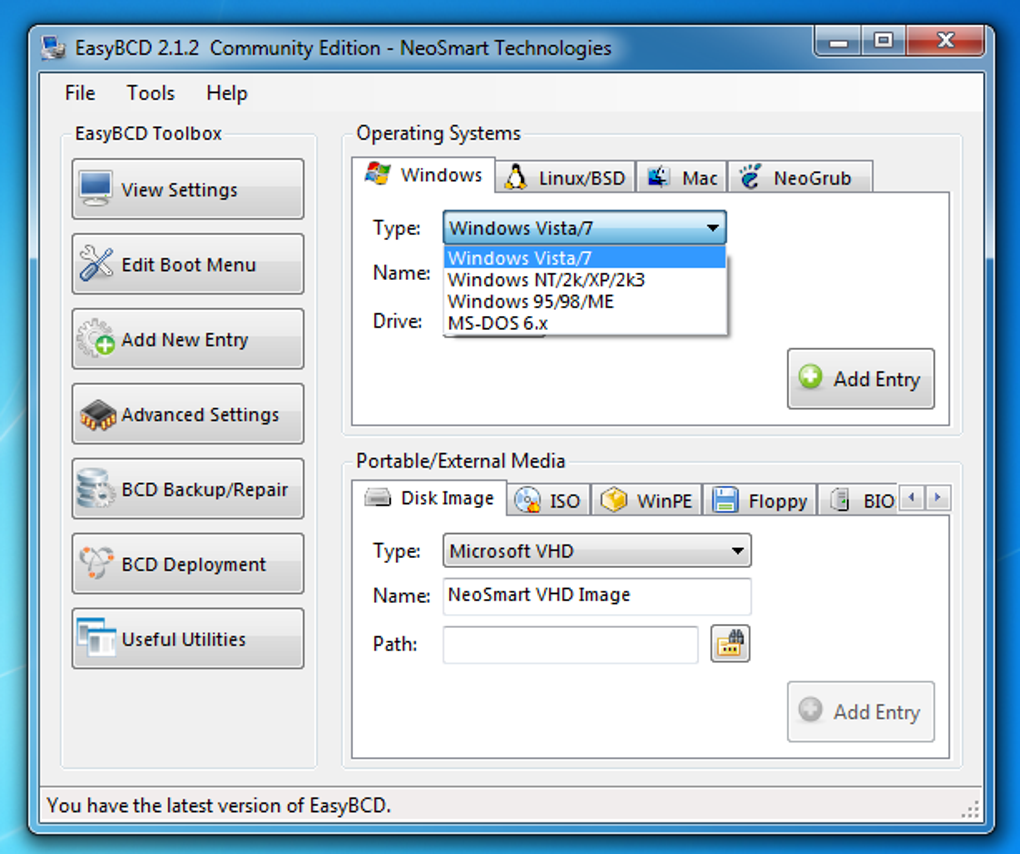
If you used some other bootloader, please consult the appropriate documentation on their respective website(s).Īt this point, you have two options. It also assumes that you’ve been using either GRUB or LILO to boot Linux in the past. These steps assume you had a fully working Linux install before you installed Windows Vista. When the Vista bootloader asks you what OS you’d like to boot into, select Linux to continue the first-run configuration for your brand-spanking-new Linux install. So the second partition of the first drive would be 0, 2.

In EasyBCD (and Windows in general), drive numbers start at 0, and partitions start at 1. The hardest part of this mind-numbingly difficult exercise (/sarcasm) is choosing the correct hard drive and partition numbers that correspond to the partition you installed Linux (and most importantly, the bootloader) to.Give the entry a user-friendly name (and if you want to keep “NST Linux Loader” as the text, we won’t say no!).Pick the appropriate bootloader from the drop-down menu (either GRUB or LILO),.Turn on EasyBCD, go to the “Add/Remove Entries” screen and pick Linux from the tabs at the top.Don’t panic, everything is OK – you’ll be in Linux soon enough! Finish the Linux installation, take the CD out of the drive, and reboot.Īt this point, you’ll go straight back to Windows Vista.When prompted to set up the bootloader, make sure you specify to install LILO, GRUB, or whatever to the bootsector of the partition that Linux is being installed to and not the MBR of your hard drive.Put the Linux CD in the drive, and start the installation normally.If you had Linux installed before you installed Windows Vista, scroll down to the next section. These steps also assume that you are using the default Windows Vista bootloader, and don’t manually change the active partition around. These steps assume you have Windows Vista properly installed and booting, and are looking to install Linux on a second hard drive or partition. We have distro-specific guides for Fedora and Ubuntu available! Vista before LinuxĮasyBCD makes installing Linux after you have Windows Vista up-and-running a breeze.


In this case, we configure the Vista bootloader to ask either Grub or Lilo (the most common Linux bootloaders) to complete the boot process for us – minimizing configuration requirements and ensuring maximum compatibility. Chainloading is a dual-boot term that refers to one bootloader handing off the boot process to another.


 0 kommentar(er)
0 kommentar(er)
